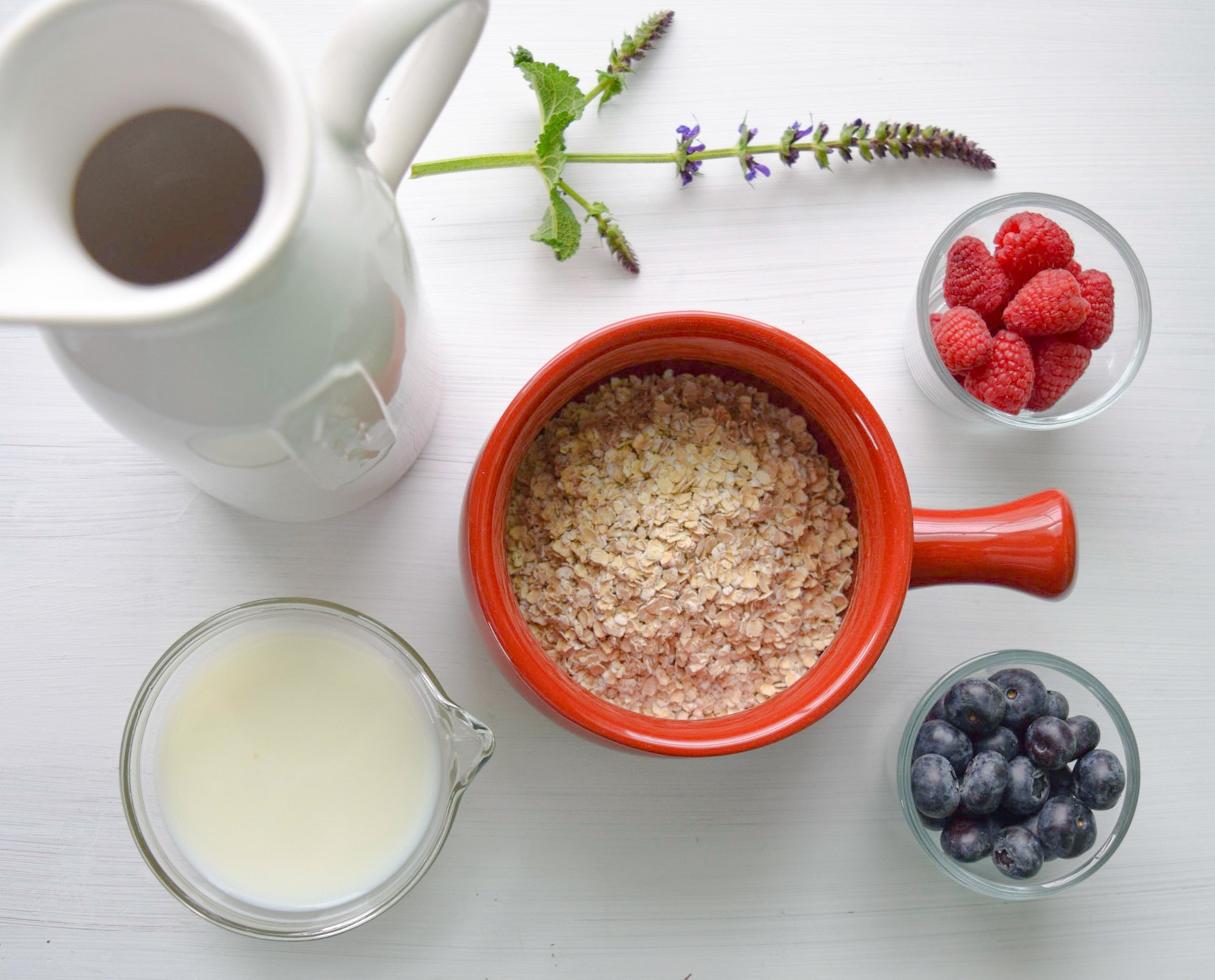If you've just started on the low FODMAP diet, you're probably excited and a little nervous. Whether you started to treat IBS or to improve your digestion, the journey may seem daunting at first.
With the right knowledge, you can navigate it with confidence. You're ready for the world of mindful eating - where every meal is an opportunity to feel better.
Here are five tips to make your first 30 days easier and happier.
Tip #1: Get Familiar with FODMAPs
Starting a low FODMAP diet begins with learning about the diet. Understanding the details of what you can and cannot eat is vital. FODMAPs, a group of carbohydrates that can trigger digestive distress, are found in a variety of foods, from dairy to some fruits and vegetables.
Get to know the high FODMAP foods to avoid, such as onions, garlic, and certain legumes. And embrace the low FODMAP alternatives like grapes, carrots, and lactose-free products.
The Monash University FODMAP app is an invaluable resource, giving you a full list of foods and their FODMAP levels. Additionally, websites like IBS Diets offer extensive food lists to help guide your grocery shopping.
As you embark on a low FODMAP diet, become diligent about checking food labels. High FODMAP ingredients lurk in packaged goods under various names. Sucrose, fructose, and inulin are just a few to watch for. With awareness and reliable resources, you can steer clear of triggers and maintain a balanced, satisfying diet.

Tip #2: Plan Your Meals
Meal planning is a cornerstone of success on the low FODMAP diet. It helps to alleviate the stress of daily decision-making and keeps you on track. Begin by outlining your meals for the week. This includes planning for breakfast, lunch, dinner, and even snacks. Ensure your plan is balanced, incorporating a variety of proteins, grains, and vegetables that align with the low FODMAP guidelines.
Helpful sites like A Little Bit Yummy offer tailored meal plans and recipes that take the guesswork out of what to cook. When you prepare meals in advance, you can manage portions, avoid cross-contamination, and resist the temptation to reach for high FODMAP foods when you're hungry.
Consider setting aside a couple of hours each week for meal prep. Cook in batches and store meals in the fridge or freezer. This not only saves time but ensures you have a quick, easy, and safe meal option on hand at all times. Label your meals clearly and sprinkle in a little fun by trying new recipes each week or share the cooking with friends.

Tip #3: Keep a Symptom Journal
A symptom journal is a valuable tool for identifying which foods work well for you and which don’t. Recording everything you eat - including the portions and any symptoms you experience. Over time, patterns emerge that guide you to personalize your low FODMAP diet.
You can keep this journal in a notebook or use a digital app. The important thing is consistency. The American Gastroenterological Association provides tips on what to track and how to use this information to work with healthcare providers to adjust your diet.
In addition to your meals and symptoms, you can journal about your life. Making notes about your stress levels, physical activity, and water intake, can help understand what’s affecting your digestion. And gives you a holistic picture of your health.
As you observe and record, you'll become more attuned to your body's cues and better equipped to make informed dietary choices. Your journal is also useful to share with a dietician or naturopath. They can use your notes to offer more customized dietary and digestion advice.
Tip 4: Find Support in the FODMAP Community
Starting a new diet like the low FODMAP plan can feel isolating, but there's a whole community out there ready to support you. Engaging with others who are using this diet offers encouragement, success stories, and practical tips based on their experiences.
Join forums and social media groups dedicated to the low FODMAP lifestyle. Websites such as The FODMAP Friendly not only provide recipes and food products but also host a supportive community. You might also find guidance in the words of experts like Patsy Catsos, a leading FODMAP-focused dietitian with a wealth of resources on her site, IBS—Free at Last.
Sharing your journey, swapping recipes, and learning from others can make your transition to the low FODMAP diet more manageable and less daunting. Remember, shared knowledge is a powerful tool to support your success and health.

Tip 5: Educate Your Friends and Family
The people you spend time with play a crucial role in the success of your lifestyle change. Take the time to educate your friends and family about the low FODMAP diet and how certain foods can impact your health. Most will be willing to accommodate your needs and may even become allies in spotting high FODMAP foods.
When dining out, don't hesitate to communicate your dietary restrictions to the restaurant staff. Many establishments are now familiar with the low FODMAP diet and can provide appropriate meal options. Empower yourself by knowing the questions to ask and the modifications to request, ensuring a safe and enjoyable dining experience.
The first 30 days of your low FODMAP journey are all about establishing routines, learning your body's reactions to different foods, and connecting with a community for support. With persistence, you can transform your diet and effectively manage your IBS symptoms and digestive sensitivities. Each positive step is a step toward a vibrant life.




What is the FODMAP diet?
Are Tomatoes Low Fodmap?